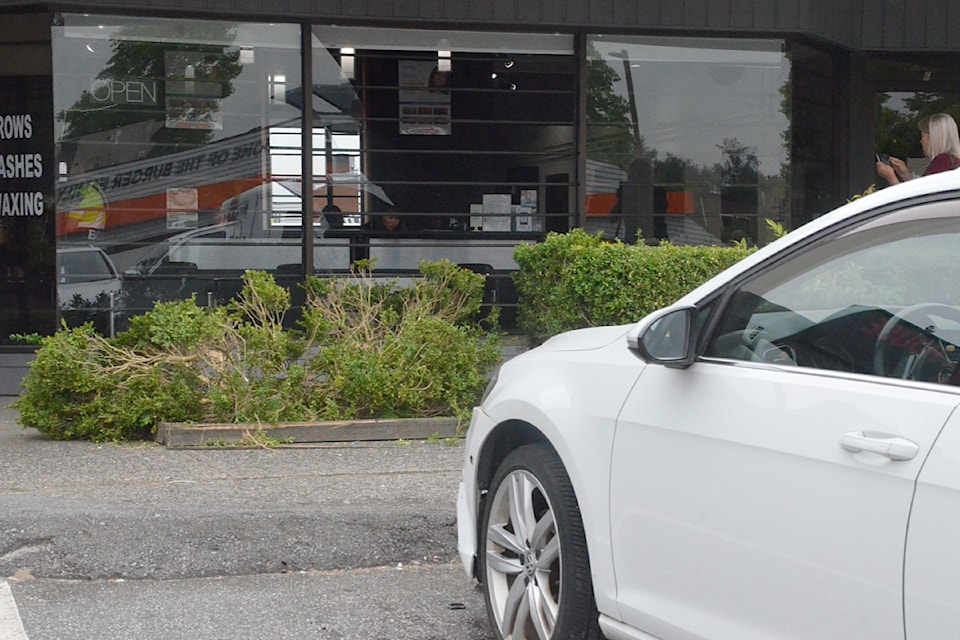It's not uncommon anywhere there are cars for someone to unintentionally smack their vehicle into the side of a building.
We had two of those incidents in 91ԭ�� in one day recently. Fortunately, neither crash resulted in injuries.
They don't always end that way. I can think of a few locally that caused serious injuries or death.
Why does this happen? Usually an investigation finds nothing wrong with the car. It's almost always driver error plus panic.
In a moment of inattention, you put your foot on the gas instead of the brake. The car doesn't stop! Naturally, you push down harder, which only makes the situation worse. Then car meets wall.
Back in the 1980s, a series of these incidents combined with some really shoddy journalism turned into one of the most bizarre witch hunts in North American history.
In the 1980s, several drivers of the Audi 5000 suffered these crashes, some of them fatal, killing members of the drivers' families in their own garages and driveways. That's an unimaginable tragedy, and naturally, it was far easier to blame the car than to live with the crushing guilt of an error.
So the drivers launched a campaign against Audi. They got the attention of venerable TV news magazine 60 Minutes, which aired a report that suggested the Audi 5000s were defective. The centrepiece of this was a demonstration of an Audi taking off like a bottle rocket without a foot on the accelerator.
What viewers didn't see was that the "expert" who had set up the demo had fitted a tank of compressed air that fed directly into the transmission. It was the added jolt of air that set the cars moving.
Was Audi totally blameless? After it became clear in several trials that the car could not actually lurch forward on its own, suits targeted "bad pedal design." Audi's gas and brake were a little closer together than other comparable models. Maybe it made theses kinds of crashes a bit more likely. But in the end, pushing down the brakes stopped the cars.
But after the 60 Minutes segment, none of that mattered. Audi sales plunged from 74,000 a year in 1984 to 12,000 a year by 1991. There were lawsuits. Audi rebranded the 5000 model, scrapping the old one from its lineup, and added mechanisms that prevented shifting into drive or reverse without a foot on the brake.
There was no particular reason why Audi took the brunt of the 1980s panic – other cars were hitting things too, after all.
But humans are pattern-seeking creatures who hate the idea of coincidence. If you hear of two Audis that crashed, maybe it was an accident – but three? Four? A dozen? (Forget that there were tens of thousands of Audis on the roads.)
Worse still is that the scale of the awful consequences – the terrible injuries or death of a loved one – do not seem proportional to a mistake as small as the one those drivers made. Terrible outcomes must have terrible causes, we like to think.
Unfortunately, a simple slip can be lethal.



